Foundation Repair Solutions for Structural Stability
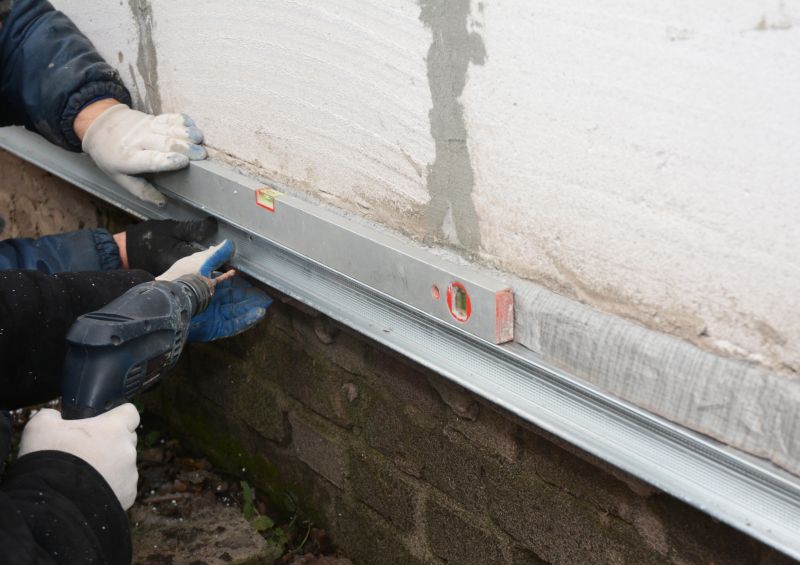
Spring offers moderate temperatures and stable ground conditions, making it an optimal time for foundation repairs.
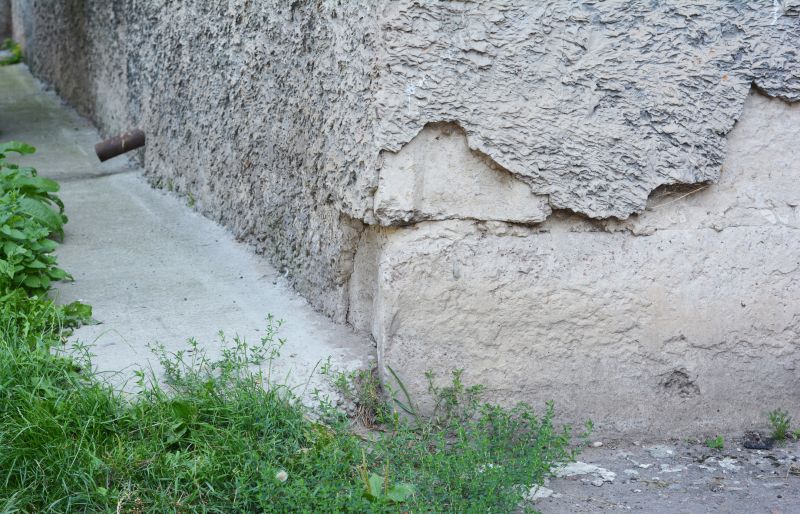
Summer provides longer daylight hours but can bring high temperatures and dry soil, which may affect repair timing.
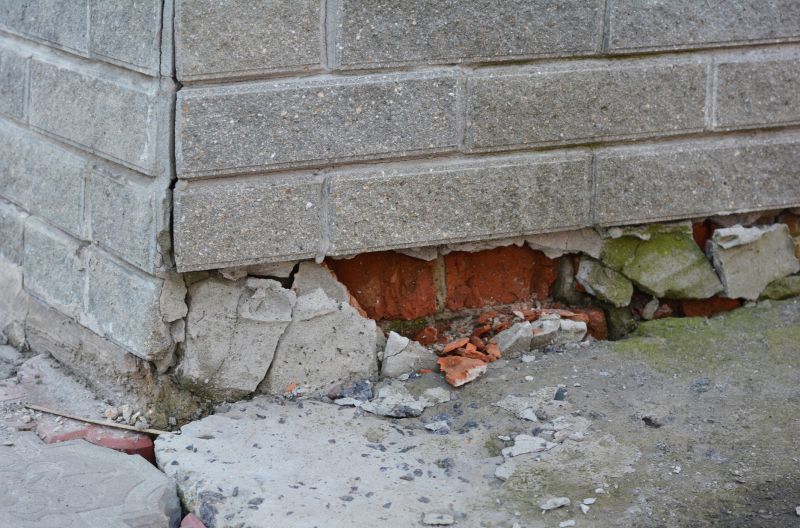
Fall often features cooler weather and less ground movement, suitable for certain repair methods.
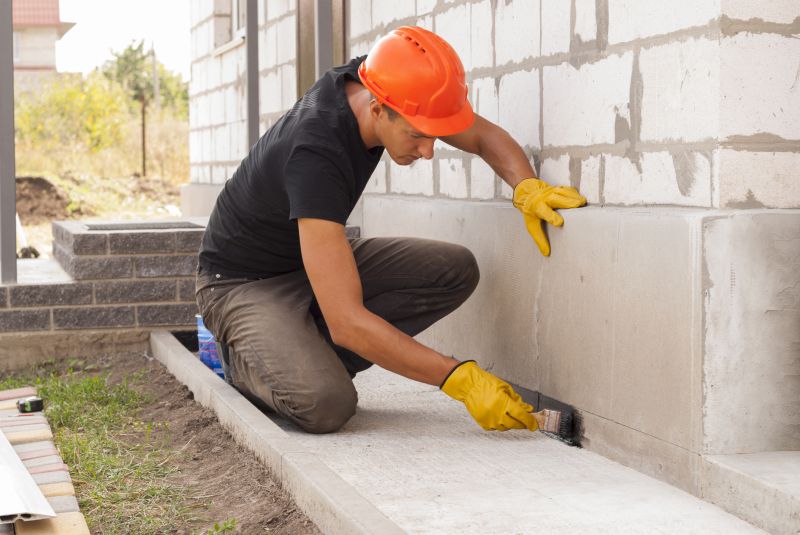
Winter's cold and frozen ground can hinder repair work, but in some cases, repairs are scheduled during milder winter days.
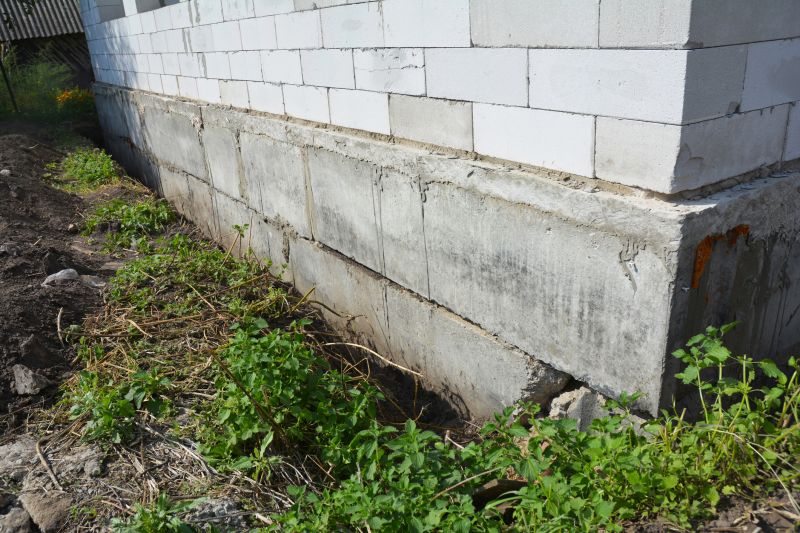
Optimal soil conditions, such as moisture levels, are crucial for effective foundation repairs, often best in spring and fall.

Consistent weather without heavy rain or extreme heat ensures repairs can be completed efficiently.
Foundation repairs are essential for maintaining the structural integrity of a building. They address issues such as settling, cracking, and shifting that can compromise safety and property value. Timely repairs can prevent costly damages and extend the lifespan of the structure.
Statistics indicate that addressing foundation problems early can reduce repair costs by up to 50 percent. Properly scheduled repairs, considering seasonal factors, can lead to more effective and durable results. Soil moisture levels, temperature fluctuations, and ground movement are key factors influencing the timing and success of foundation repair projects.
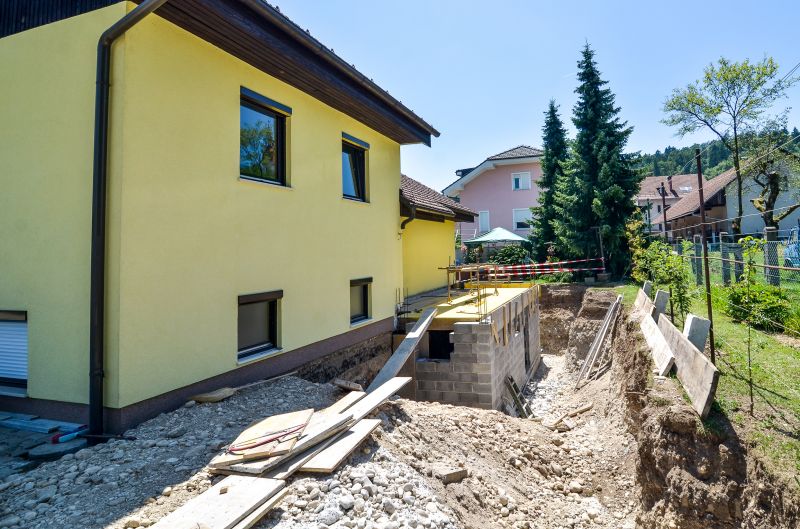
Ways to make Foundation Repairs work in tight or awkward layouts.
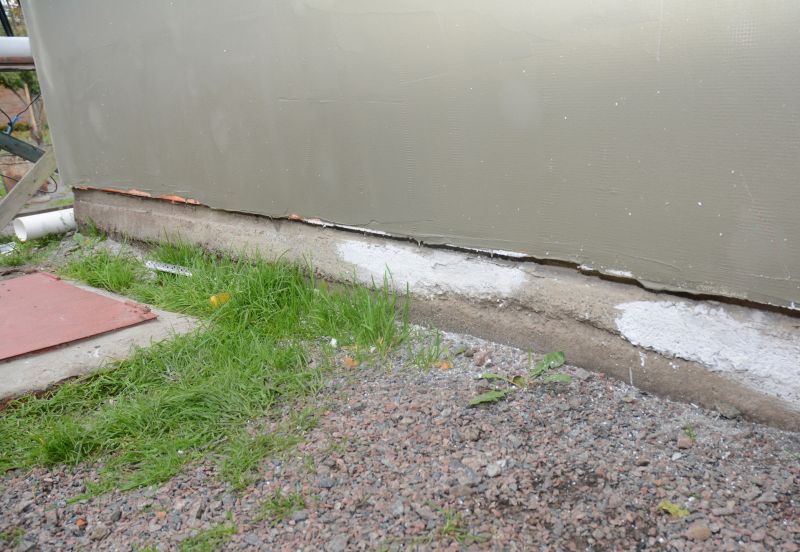
Popular materials for Foundation Repairs and why they hold up over time.

Simple add-ons that improve Foundation Repairs without blowing the budget.
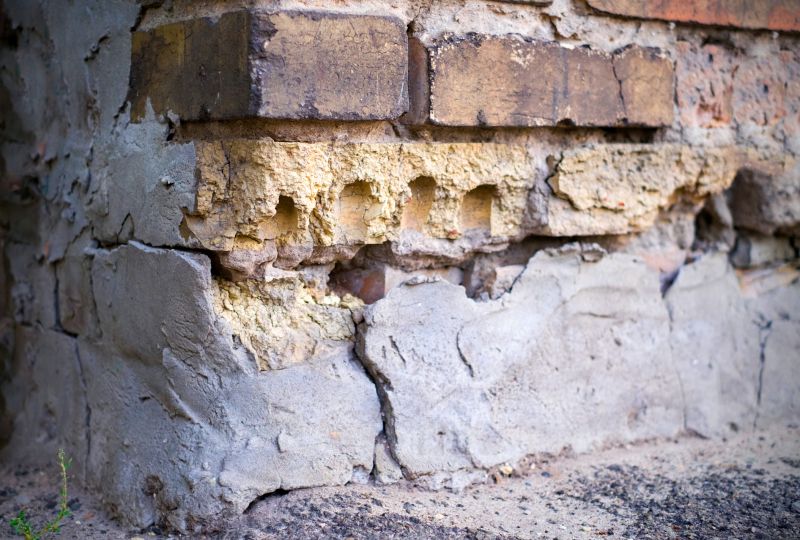
High-end options that actually feel worth it for Foundation Repairs.
Cracks in walls, uneven floors, and sticking doors are common indicators of foundation problems.
Repairs include piering, underpinning, and slab stabilization, tailored to specific issues.
Repair costs depend on the extent of damage, repair method, and soil conditions.
Select experienced professionals with proven track records for reliable foundation repairs.
| Season | Advantages and Challenges |
|---|---|
| Spring | Ideal soil moisture; moderate temperatures; potential for scheduling flexibility. |
| Summer | Longer workdays; risk of soil drying out; high temperatures may affect materials. |
| Fall | Cooler weather; soil retains moisture; good for certain repair types. |
| Winter | Limited repair options; ground may be frozen; repairs possible during mild days. |
| General | Timely assessment and planning are key regardless of season. |
Understanding the best timing for foundation repairs can enhance their effectiveness and durability. Factors such as soil conditions, weather stability, and structural signs should guide scheduling decisions. Early intervention, regardless of season, is essential to prevent further damage and costly repairs.

